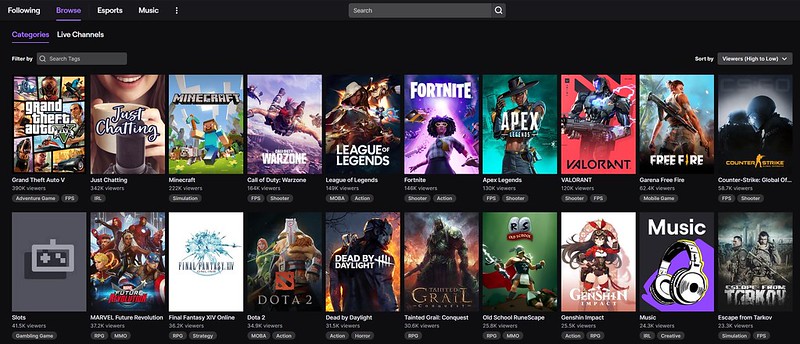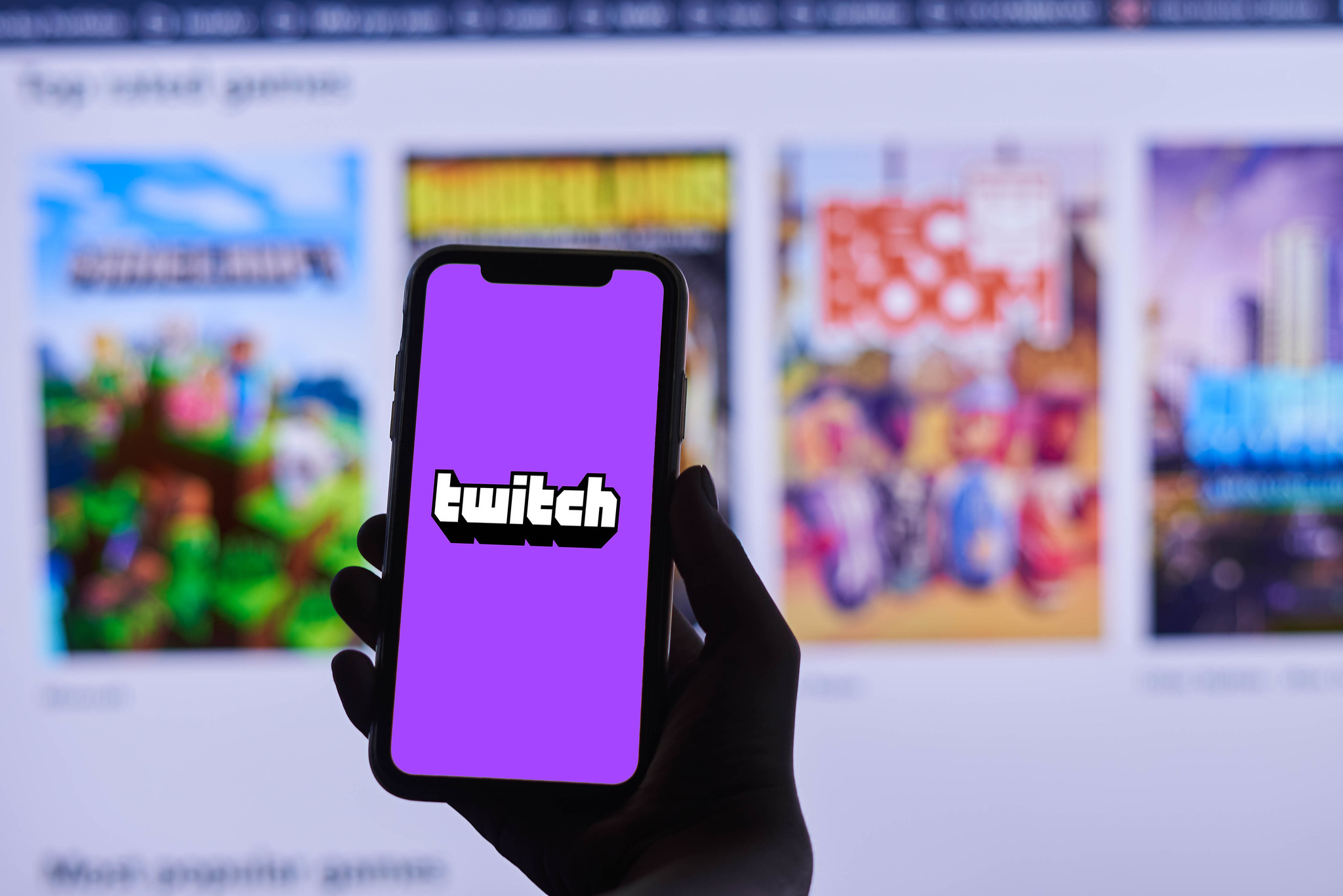As reliant as it is on developed processing power and internet speeds, it’s no surprise that online streaming in games took so long to develop. Taking many new forms over the years, what started as a simple concept has evolved into something much more. Still on a strong upward trajectory, the streaming landscape is looking to consolidate itself as one of gaming’s biggest landmarks going forward, but what shape could this environment take?
The Types of Streaming
When people think of streaming, the most common example that comes to mind is that of Twitch. Launched in 2011, Twitch was a simple way for players to stream their video games live over the internet. It wasn’t the first way this feat could be accomplished, but Twitch did streamline and centralise the process far beyond anything which came before.

“twitch” (CC BY-NC 2.0) by passtheballtotucker
The other main type of streaming in video games has come from the recent arrival of systems like Google Stadia. In essence, this form of streaming works like an interactive YouTube video, where a game is stored offsite and audio/visual data is sent to a user’s computer. This has heavy bandwidth and latency demands, but with raising average standards, game streaming of this type is becoming much more viable.
Mainstream Popularity
Today, Twitch regularly draws in over a million simultaneous viewers. While built around games originally, the service has evolved to offer chatting, gambling, sports, music, and much more to its library. Now a two-way street, this form of streaming has even influenced many games with Easter eggs like a small addition to Doom Eternal. Valued at around $3.8 billion, Twitch’s level of influence paints it as a real competitor to YouTube in some regards.
Outside of video games, other streaming efforts like casino bingo live titles illustrate a fusion of more passive Twitch streaming and more active Stadia systems. Here, games like The Money Drop Live and Adventures Beyond Wonderland offer an interactive experience that combines the convenience of at-home play with the personality of physical games. Offering more than the sum of their parts, this particular combination of elements could, in our opinion, illustrate a natural step forward for the greater video game streaming market.
Onto the Future
Streaming in gaming today thrives off the idea of parasocial relationships. Usually reflected in reading chat messages, this effort gives many opportunities for communication, but it’s also somewhat limited. Communication and cooperation on the next level would need to go beyond these simple steps, with a more collaborative system as illustrated by live casino games.
Of course, how this could be achieved is another question entirely. While drop-in support for streamers and verified fans could be great, it’s also not an idea that is yet supported by game tools. Going a step further would require a game to be built with Twitch in mind on an engine level, and as far as Twitch and gaming companies have come, this is not a relationship that exists as of this article.

“Twitch – video streaming service special” (CC BY 2.0) by wuestenigel
Make no mistake, streaming and video gaming becoming closer systems is just a matter of time, but as for what form they’ll adopt and how long it could take, this much we don’t know. They’re interesting questions nonetheless, and ones that will have significant implications for the future of both industries. Whether you stream or watch streams, it’s something to think about, as we’re always going to need trendsetters for the coming generation.


